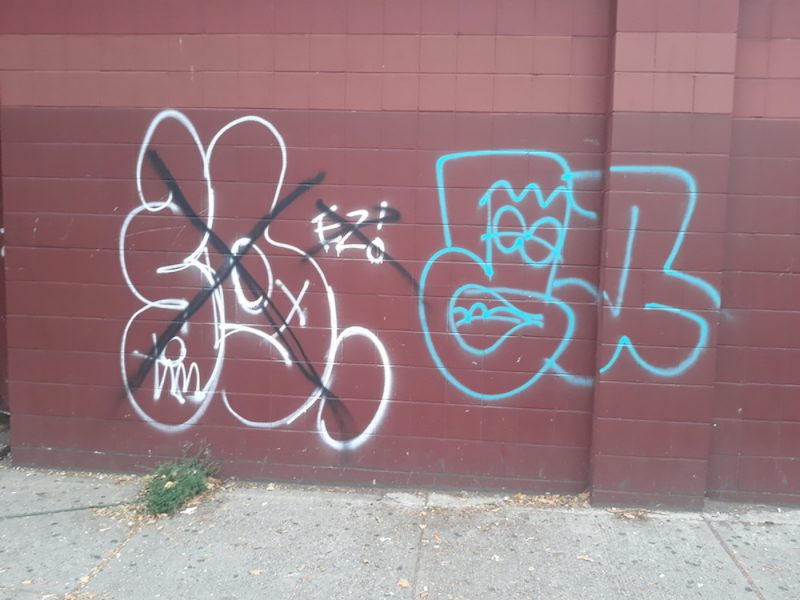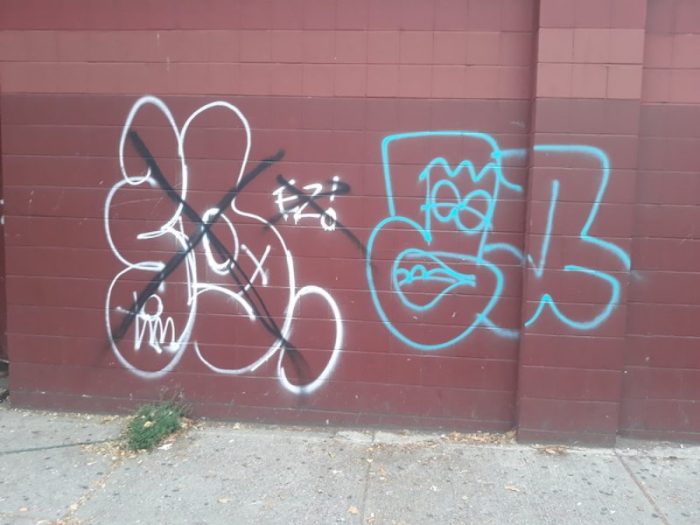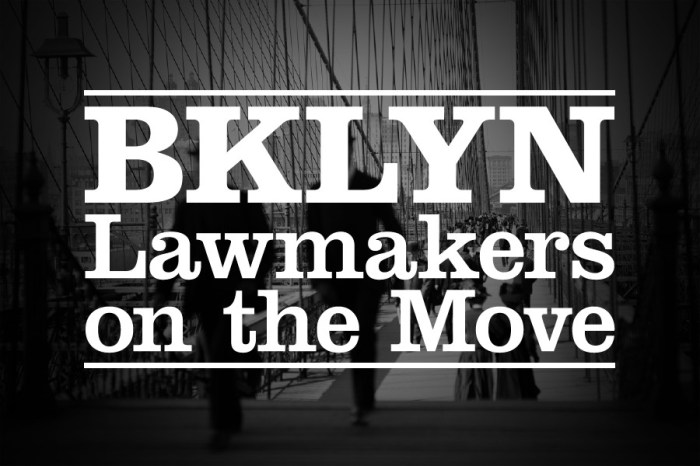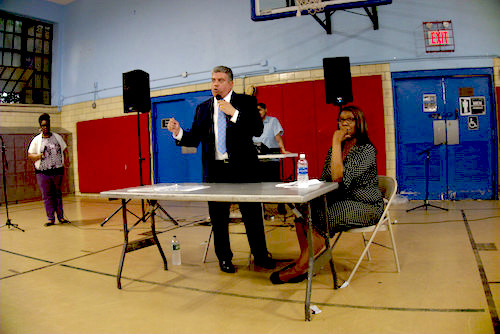Graffiti is returning to New York City, and Mayor Bill De Blasio (D) refuses to fund the clean-up having cut the $3 million Graffiti-Free NYC program as the city took cost-cutting measures to make up for an estimated $9 billion revenue deficit caused by the coronavirus pandemic.
The cut worries some and harkens back from the mid-1970s to the early 1990s when graffiti covered the city, and street crime was rampant. Former Mayor Rudy Giuliani (R) then enforced a policy of “broken windows policing” emphasizing harsh enforcement of small offenses, such as graffiti and panhandling, lest they lead to more serious crimes if left unchecked.
While much debate exists over the effect of Giuliani’s approach to cleanliness and public order on fighting crime, critics alleged it caused discriminatory and often brutal police treatment of black and brown New Yorkers.
In his 2000 book New York Murder Mystery: The True Story Behind the Crime Crash of, the 1990s, Dr. Andrew Karmen, a professor of sociology at CUNY’s John Jay College of Criminal Justice, argued that the causes of New York’s Giuliani-era comeback are unclear, but that data suggests that broken windows policing was not the cause. He also warned that if crime rates were to skyrocket again, the solution would be unclear.
“In the midst of this unprecedented sudden economic Depression that is engulfing society, especially in New York City…crime rates are rapidly rising. So some justifiably alarmed people are suggesting a return to the aggressive ‘broken windows” policing that results in mass arrests. Besides being costly to taxpayers and poisoning police-community relations, a renewed crackdown on graffiti will once again inflict a socially and economically counter-productive stigma of a criminal record as a long-lasting penalty for a youthful transgression,” Karmen told Kings County Politics.

“Many reformers are calling for alternative ways to handle minor offenses, and scribbling graffiti on walls is exactly the kind of quality-of-life infraction that could be responded to very differently. Credible messengers like violence-interrupters (especially if the graffiti is gang-related) could be hired, trained, and sent out into their communities to dissuade youngsters from defacing property. This could be a test of the proposition that some of the tasks assigned to the police could be better resolved by someone without a badge, nightstick, and gun,” he added.
After grilling De Blasio’s decision on CBS News, City Councilmember Ben Kallos (D-Manhattan) expressed that it is possible to clean the graffiti without resorting to broken windows policing. “Graffiti doesn’t lead to violence. The theory of broken windows was disproven a long time ago,” said Kallos.
Meanwhile, City Councilmember Eric Ulrich (R-Belle Harbor, Breezy Point, Broad Channel, Howard Beach, Lindenwood, Neponsit, Ozone Park, Richmond Hill, Rockaway Park, Roxbury, South Ozone Park, West Hamilton Beach, Woodhaven) indicated that addressing graffiti remains important to him.
“Councilman Ulrich is proud to allocate funds for graffiti clean-up efforts for years and will continue to do so,” said Natalia Kozikowska, his spokesperson.
Others are skeptical that graffiti is re-emerging as an issue, with the office of City Councilmember Inez Barron (D-Brooklyn) having yet to receive a complaint about it.
Regardless, officials who consider graffiti a priority have committed to efforts to help keep New York clean.
“I have no idea why our mayor suspended the Graffiti-Free NYC program. It’s puzzling to say the least and I will continue to fight to bring it back,” said City Councilmember Justin Brannan (D-Brooklyn). “That said, constituents should still call my office with any complaints as we can still have graffiti removed. It’s imperative that during these tough times we do everything we can right now to keep our neighborhoods looking great.”
“Our local government has a very basic responsibility to keep our City clean,” said Kallos. “Removing graffiti from public places and property should be covered in our City’s $86 billion budget, but if the Mayor is not going to do it, the least I can do is clean the neighborhood I represent.”
-Stephen Witt contributed to this story









